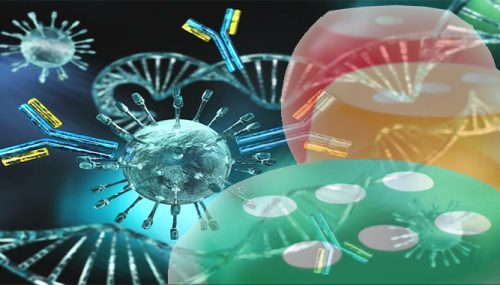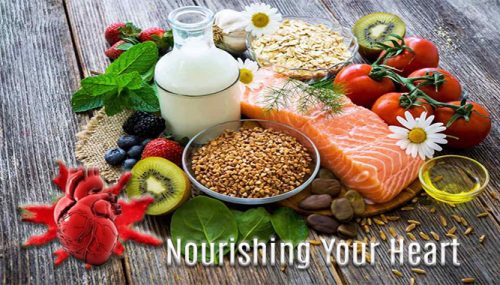
A: There are numerous kinds of extracted fiber products on the market, together with tablets and powders that may be blended with water and brought as a drink. Most health care professionals would advise a healthy adult to eat a pear or a handful of raisins as an alternative of turning to a supplement. Satisfying your each day fiber wants with meals is the easiest way to get a healthful steadiness of soluble and insoluble fiber. Its also an effective way to enhance the overall quality of your eating regimen, since fiber-rich meals are usually rich in vitamins, minerals, and disease-combating phytochemicals.
Fast food is commonly low-cost and handy, however finding a healthy meal with sufficient fiber is usually a problem. Many quick meals meals are filled with calories, sodium, and unhealthy fat with little or no dietary fiber. Even a seemingly wholesome salad from a quick food restaurant is commonly light on fiber—simple lettuce greens present only about 0.5 grams of fiber per cup. Look for salads that embrace different vegetables, and at any time when attainable, up the fiber content material by adding your own nuts, beans, or corn.
While one of the best ways to get fiber in your weight-reduction plan is from foods naturally wealthy in fiber—fruits, greens, entire grains, beans, nuts—when that proves troublesome, taking a fiber complement may help make up the shortfall. Supplements can also be useful to high up your daily fiber intake when you transition to a excessive-fiber food plan.
Some processed breakfast cereals have comparatively high levels of fiber and protein, but some are additionally rich in carbohydrates and added sugar and salt. Kellogs Allbran for example has eleven g of protein and 50 g of fiber in 100g. Able to eat bran flakes has 9 g of protein and 18 g of fiber per 100g. A lot of the other cereals have moderate ranges of protein and little fiber.














